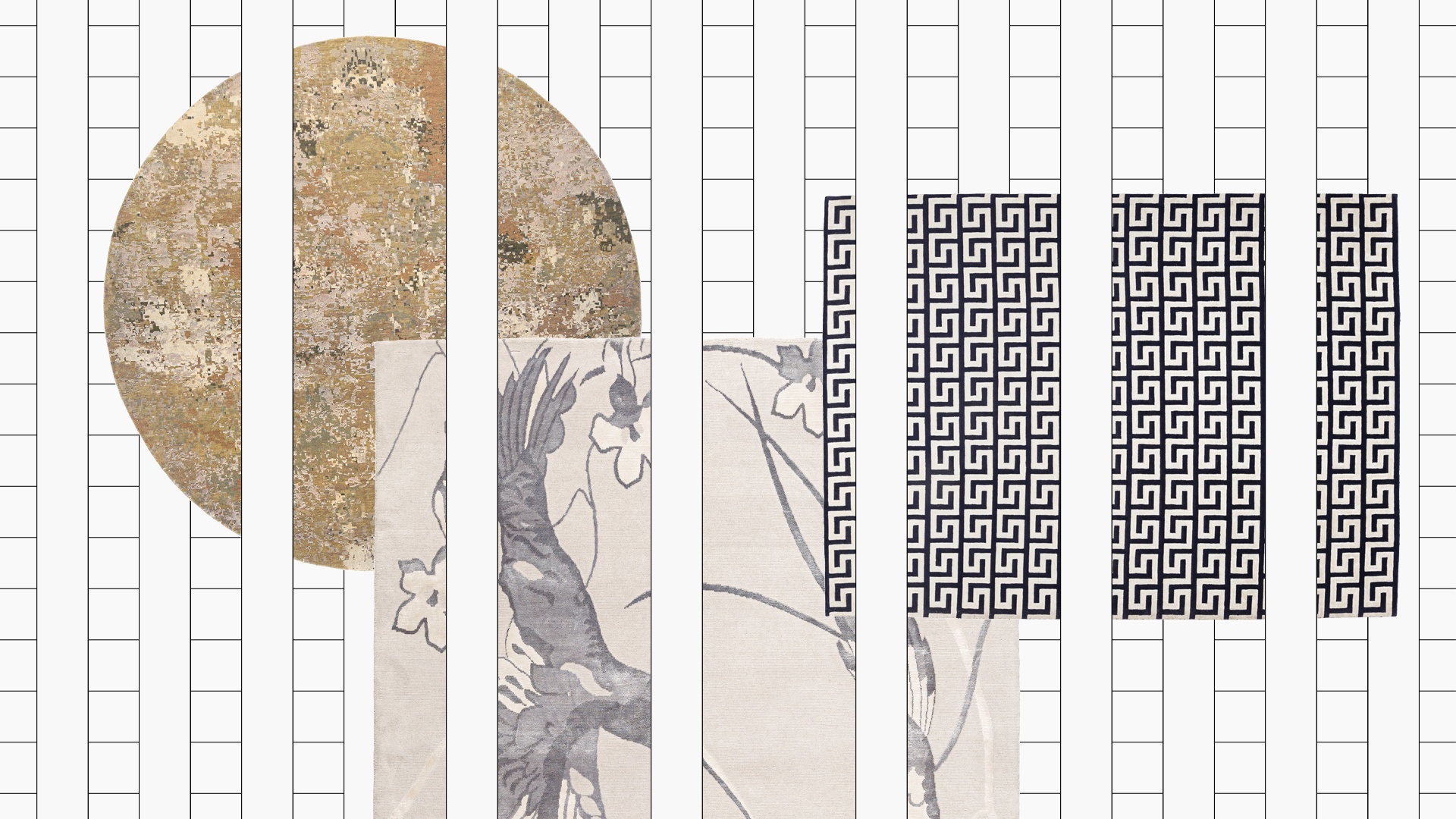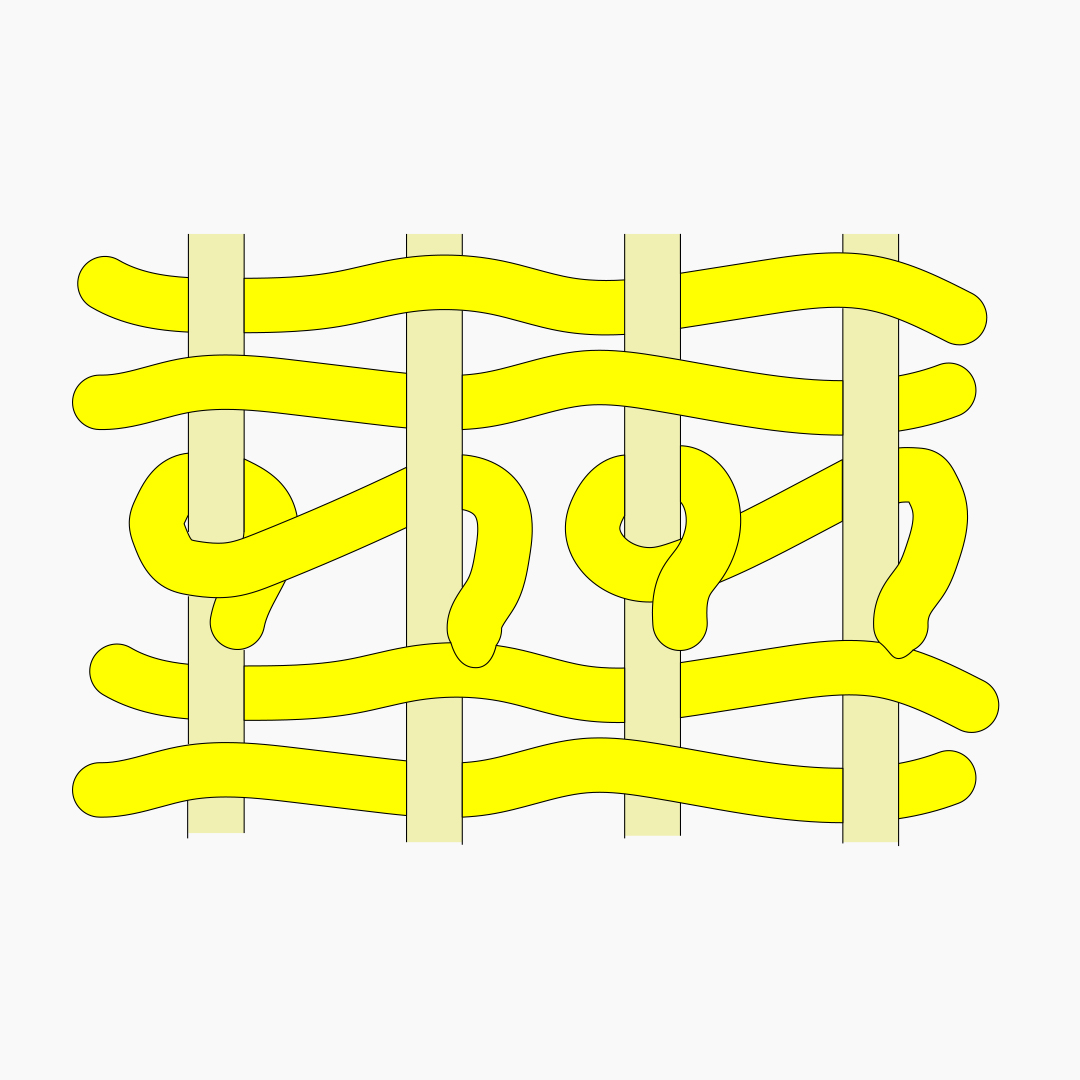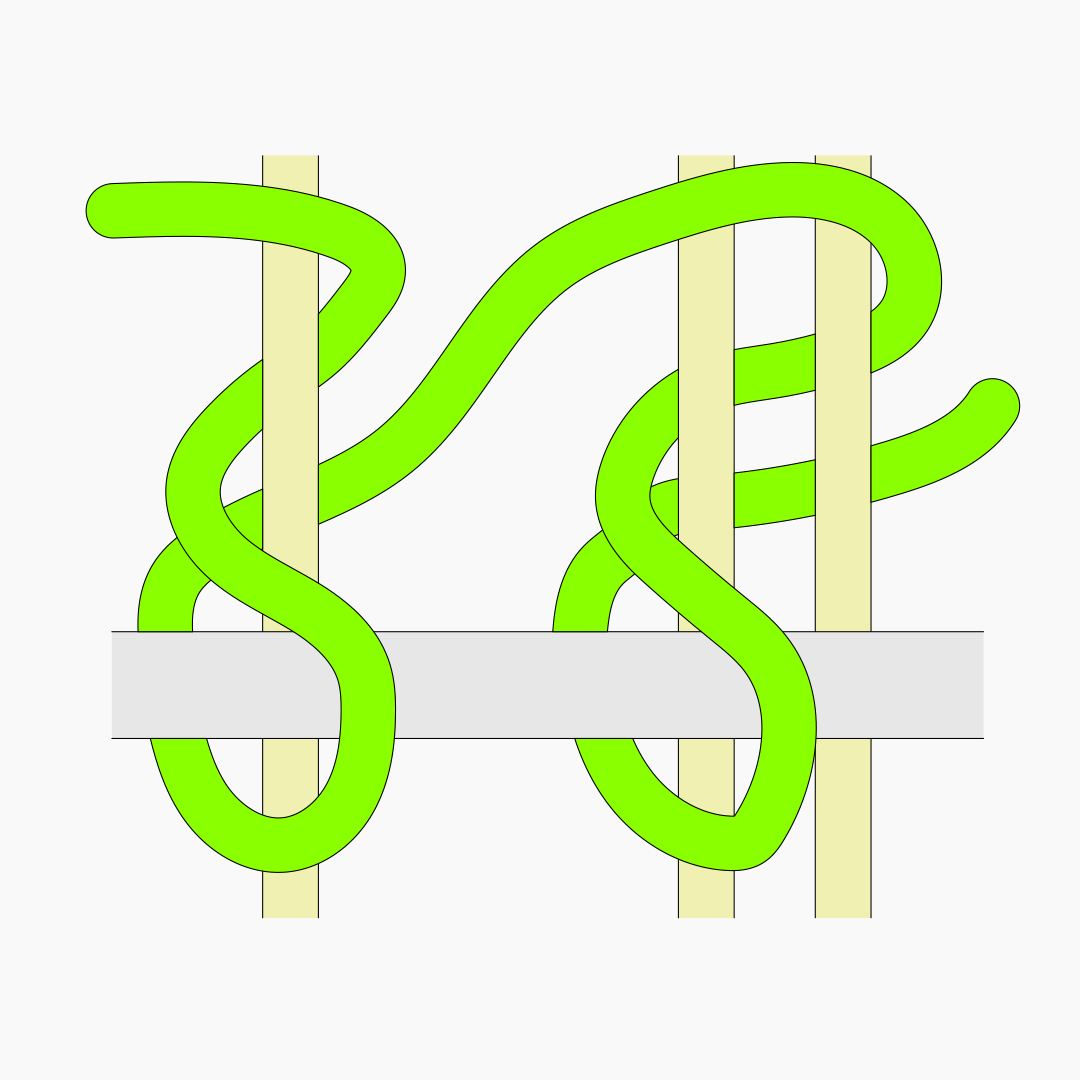Techniques

Once materials are selected, there are many ways to create a rug. Each technique produces a different textural surface, from fine and flat to chunky or shaggy.
HAND KNOTTED
Perfected by artisans over hundreds of years, the art of hand knotting is a favourite amongst the rug-making community. This technique uses thousands of individual knots that are tied tightly around the warp and weft of the rug; knot by knot and line by line. The surface texture and height can be adapted during the rug making process, and the size of the knot determines the quality of the rug. The smallest knots allow fine detail and pattern and give exceptional durability for decades.
HANDLOOMED
This method uses a loom and a shuttle, which allows the craftspeople to weave much faster while still creating a variety of surfaces. This way of working lends itself well to plain rugs, small scale patterns and interesting textures realised in single colours.
HANDTUFTED
A contemporary approach that has revolutionised the process of traditional rug making, hand-tufting uses a hand-held tool to pierce the canvas with the yarn to create the pattern. This technique enables creative freedom for modern and geometrical rugs.
However, hand-tufted rugs are manufactured with a thin latex glue layer to fix the tufts yarns to the rug base. The chemical solvents used in dry-cleaning can damage that latex glue, which will ruin your rug permanently.
FLATWEAVE
These rugs are woven by interlocking warp and weft threads, similar to making textile, because the rug has no pile. They are mobile, versatile, durable and cost-friendly which gave way to a range of weaving patterns, designs and colors. Generally, flatweave technique is originating from India, rug types are known as Dhurrie or Kilim.

